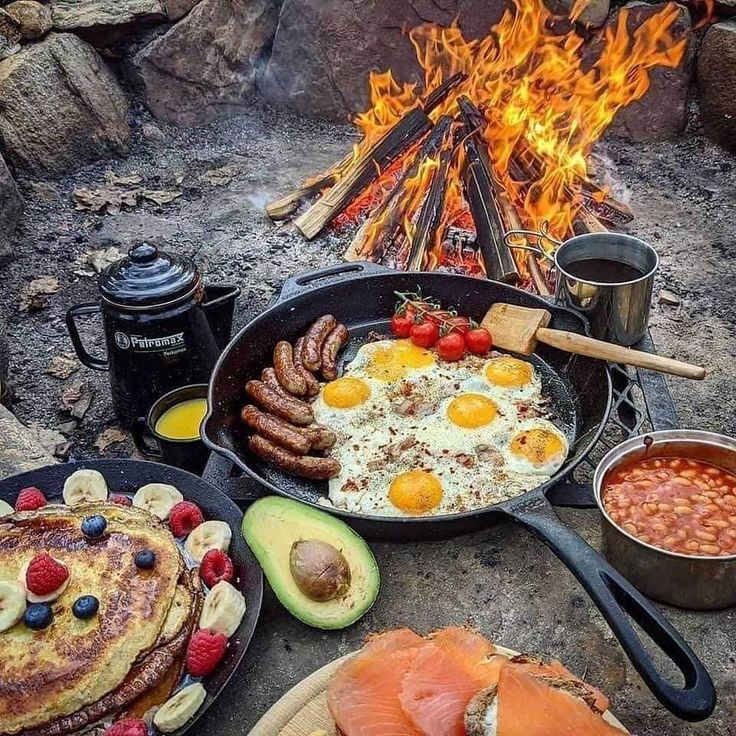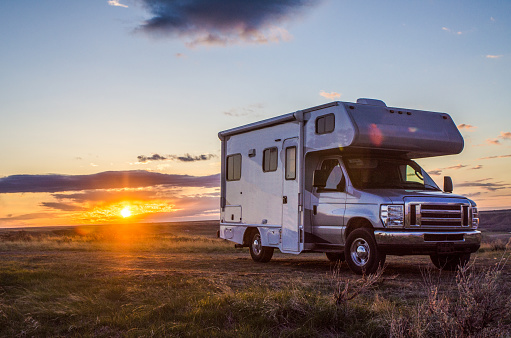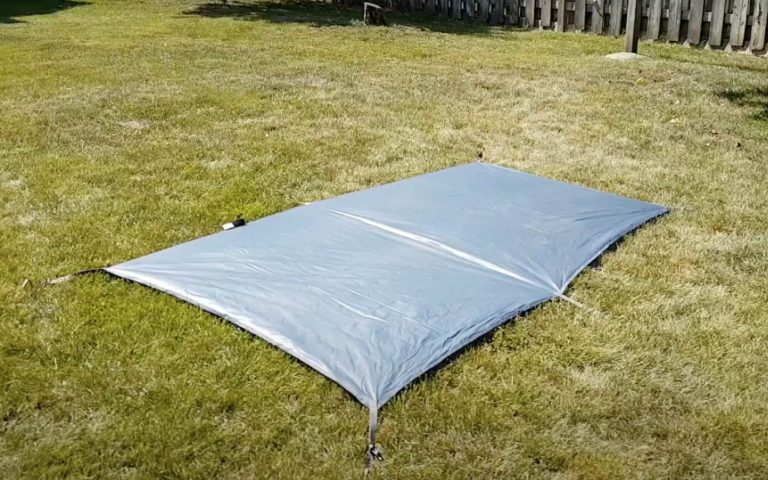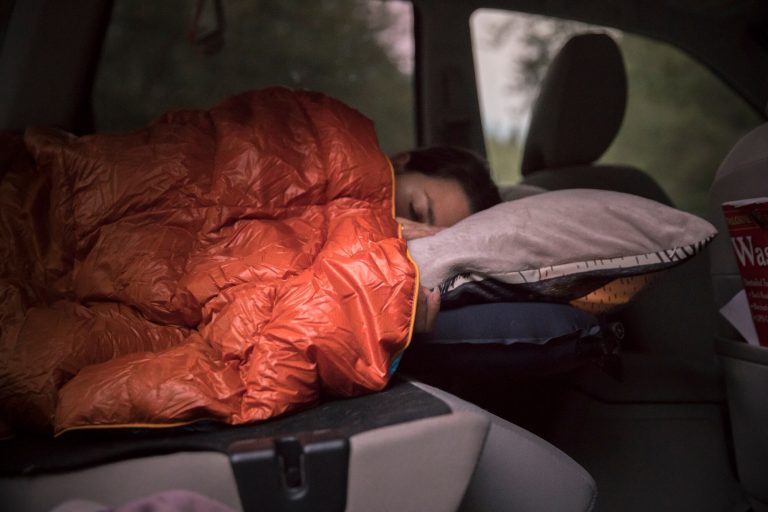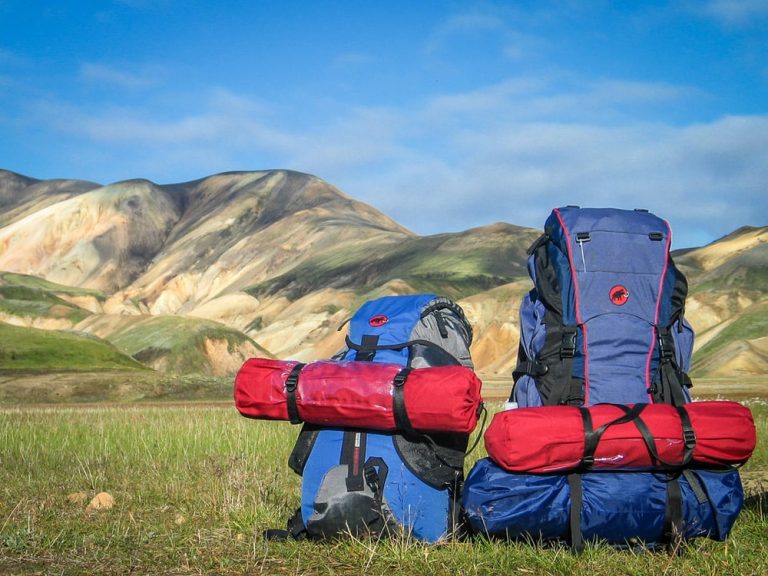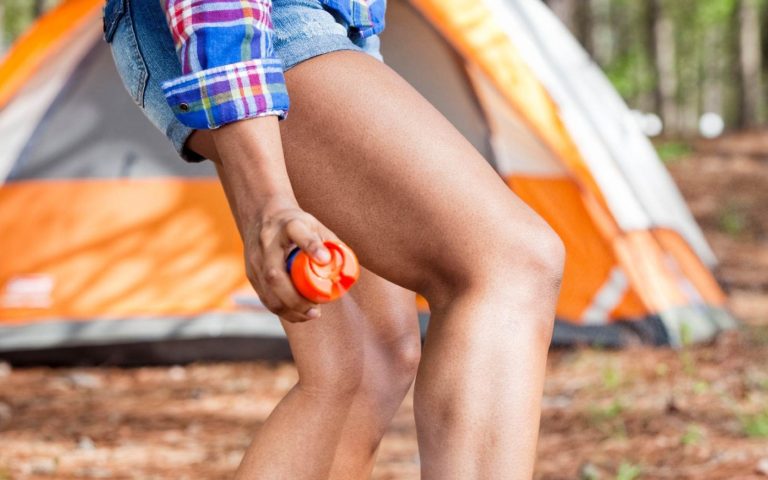How to Cook in a Tent Safely: A Comprehensive Guide
When embarking on outdoor adventures, there may be situations where you are forced to prepare your meals inside a tent. While some may argue that cooking in a tent is hazardous, the reality is that there are circumstances where it becomes a necessity. Imagine being faced with inclement weather, such as rain, strong winds, or extreme cold, where cooking outside the tent is simply not feasible.
In this comprehensive guide, we will explore how to cook in a tent safely, providing you with the knowledge and tips to ensure a successful and secure cooking experience.
Table of Contents
How to Cook in a Tent Safely: Stove Options for Cooking in a Tent
When it comes to cooking in a tent, there are generally two main stove options to choose from: wood-burning tent stoves and stoves that operate with alcohol or gas canisters. Each option has its advantages and considerations, depending on the size of your tent and the specific requirements of your camping trip.
Wood-Burning Tent Stove
A wood-burning tent stove is an excellent option for larger tents. These stoves should be well separated from the tent walls, which is only possible if the tent is spacious enough. There are beautifully designed wood-burning stoves available on the market. However, it is important to ensure that your tent has a pipe jack on the roof or sidewall that corresponds to the design of the stove.
When using a wood-burning stove in a tent, there are several precautions to take:
- Protect the floor around the stove with a flame-retardant mat to prevent hot embers from causing damage.
- Use a stove with a chimney and ensure there is a spark arrester on the top of the pipe to prevent sparks from landing on the tent.
- Keep the stove in the center of the tent or far from the walls to minimize the risk of accidents.
Gas Burner
When learning on How to Cook in a Tent Safely, it is recommended that a gas burner is a more versatile option that can be used in both smaller and larger tents. It is particularly suitable for backpacking or hiking trips where portability is a priority. Gas burners are compact and easy to use. However, it is important to ensure proper ventilation when using a gas burner inside a tent to prevent carbon monoxide buildup.
How to Cook in a Tent Safely: What Does It Mean?
The question “how to cook in a tent” generally explains the act of cooking inside the main tent area. However, the specifics may vary depending on the design of the tent. Here are a few scenarios that fall under the umbrella of cooking inside a tent:
Cooking in the Inner Floored Tent Area
Some tents have a simple structure without any extra space, and the inner floored tent area is the only designated cooking and living space. When cooking in this area, it is crucial to take care of the tent floor, walls, and roof to prevent any damage or accidents.
Cooking in the Screen Room
Screened tents offer an additional space known as the screen room, which provides protection from the elements. Also read: What is a Screen Room Tent. The screen room may have panels and a roof, and it can come with a fixed floor, a removable floor, or no floor at all. When cooking in the screen room, it is important to consider the tent fabric and take precautions to ensure safety.
Cooking Under the Vestibule
Tents with a full-coverage fly often have one or more vestibules that provide protection from rain and wind. However, the vestibule may not have a floor or have a removable floor. Cooking under the vestibule requires extra caution, as the limited space and low roof height can pose challenges. Also read: Best Cooking equipment for camping
Cooking Under a Porch
Some tents feature deep and covered porch areas without a floor. These porches offer a certain level of protection but may expose you to cold and wind. Cooking under a porch requires careful consideration of the weather conditions and proper ventilation to ensure safety.
How to Cook in a Tent Safely: Hazards of Cooking in a Tent
While cooking in a tent can be done safely, it is important to be aware of the potential hazards involved. Understanding these hazards and taking appropriate measures can help prevent accidents and ensure a safe cooking environment.
Setting the Tent on Fire
One of the primary concerns when cooking in a tent is the risk of setting the tent on fire. While many tents are made of materials that satisfy safety regulations and are designed to resist combustion, it is still important to exercise caution. It is recommended to use tents that comply with safety standards and avoid open flames or direct contact between the stove and tent fabric. You can even read how to start a campfire
Burns
Another hazard to consider when cooking in a tent is the risk of burns. Spilled fuel or sudden fireballs from cooking equipment can result in burns. It is important to exercise caution when handling fuel and cooking equipment, and to set up your cooking area outside the tent before bringing it inside.
Carbon Monoxide Poisoning
Carbon monoxide is a colorless and odorless gas that can be produced when burning carbon-based fuels. Cooking with canisters that use fuels like white gas, alcohol, or solid fuel cubes can release carbon monoxide. This gas can be dangerous when it accumulates in an enclosed space like a tent. It is crucial to ensure proper ventilation by keeping vents open and allowing for a crossflow of air to prevent carbon monoxide poisoning.
Stability of the Canister and Burner
The stability of the canister and burner is another important consideration when cooking in a tent. The uneven and potentially soft ground inside a tent can make the cooking setup unstable. To prevent accidents, it is advisable to stabilize the canister and burner using objects like stones or other stable surfaces. This will help to avoid tipping or spilling hot liquids.
How to Cook in a Tent Safely: Conclusion
In conclusion, cooking in a tent can be done safely by following proper guidelines and taking necessary precautions. While it may not always be the preferred method of cooking, there are situations where it becomes a necessity. By choosing the right stove, considering the design of your tent, and being aware of the potential hazards, you can enjoy a successful and secure cooking experience in the great outdoors. Remember to prioritize safety, practice caution, and always be prepared for unexpected weather conditions. Happy cooking!

Meet Sarah, a passionate traveler and camping enthusiast who loves to explore the great outdoors. With years of exploring, she has become an expert in testing and reviewing the best tents on the market which got her to start mytravelingtents.com. Her insightful reviews provide valuable information to fellow adventurers looking for the perfect tent for their next camping trip.
